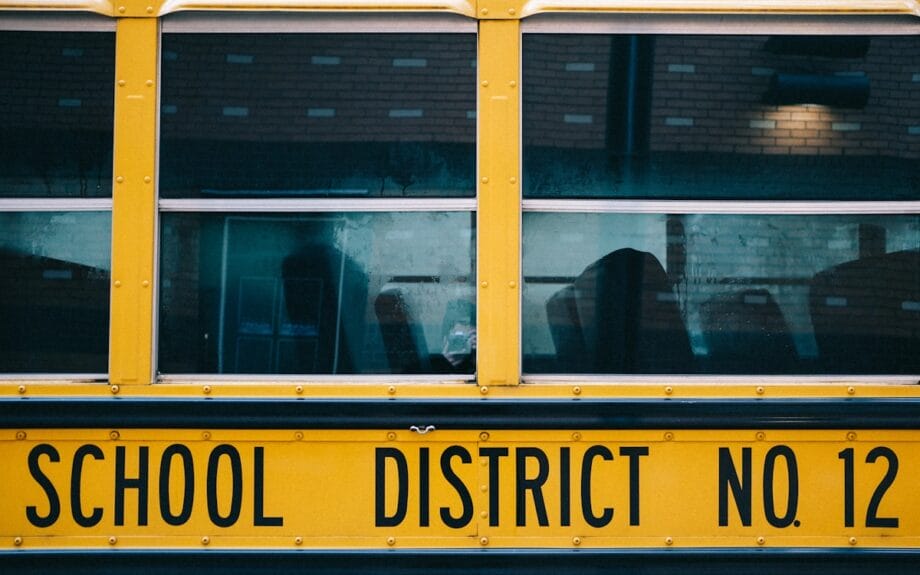U.S. Schools Embrace Locked Pouches to Combat Smartphone Distractions
As smartphones increasingly permeate the daily lives of youthful learners, a rising number of U.S. educational institutions are embracing a practical yet innovative measure: locked magnetic pouches designed to keep these devices out of sight and inoperative during instructional hours.
Manufactured by the San Francisco-based entity Yondr, these pouches are gaining traction among educators confronting distractions, cyberbullying, and the alarming decline in attention spans linked to perpetual device connectivity.
The operational mechanism of these pouches is both simple and highly effective. Students are required to deposit their cell phones into neoprene pouches that lock via a proprietary magnetic system and are only unlocked at specific stations after the school day concludes. This initiative, as outlined in a recent CBS News report, has seen adoption by districts accommodating approximately 2.5 million students nationwide, coinciding with cellphone restriction policies enacted across 35 states.
The Emergence of Phone-Free Educational Spaces
Advocates posit that such initiatives foster enhanced learning atmospheres. Research cited by specialists, including a physician from Boston Children’s Hospital in a CBS Boston feature, suggests that the presence of phones within educational settings is correlated with diminished academic achievement and exacerbated mental health challenges among adolescents.
In Massachusetts, where new regulations commenced this academic year, school administrators report observable reductions in disruptions and an uptick in face-to-face communications.
Nonetheless, challenges abound in implementation. Some districts, notably in North Texas, have piloted Yondr pouches, gaining overwhelming support from staff—exceeding 90% in a recent Grand Prairie survey, according to CBS Texas.
However, the initial rollout has met with complaints pertaining to prolonged lines at unlocking stations and allegations of theft attempts, as detailed in recent reports from The Times Union.
Financial and Operational Dynamics
From a business viewpoint, Yondr’s model is proving economically advantageous. Government expenditure data from Govspend, spotlighted in an NBC News analysis, indicates that school districts across 41 states have collectively invested $2.5 million in these pouches since their inception.

The company’s chief executive, Graham Dugoni—who opts for a flip phone to evade the social media pitfalls—emphasizes the importance of establishing “phone-free zones” not only within educational environments but also at concerts and various events, as highlighted in a feature by Yahoo News.
However, skepticism persists regarding the long-term effectiveness of these measures. In South Bronx schools, where a comprehensive ban is enforced, educators conveyed to Bronx Times that students initially resisted, yet ultimately flourished with enhanced focus and social connections.
Nevertheless, concerns linger regarding emergency access; parents express anxiety over communicating with children during crises, leading some districts to allow exceptions for medical necessities.
Statewide Policies and Future Prospects
The recent implementation of a sweeping cellphone ban in New York State exemplifies the momentum behind this trend. Districts such as Elmira are adopting Yondr pouches to align with state regulations, as reported by WENY News, with preliminary feedback suggesting smoother classroom dynamics.
In Seattle, middle schools employing these pouches have experienced varied results; while students have adapted, administrators underscore the necessity for stringent enforcement, according to The Seattle Times.
As an increasing number of states contemplate similar legislative measures, industry analysts are monitoring Yondr’s growth with keen interest. The company’s origins can be traced back to 2014, initially focusing on tech addiction in live events, as chronicled in a 2016 CBS News report on its anti-addiction mission.
For both educators and tech enterprises, this transition to school settings represents a more extensive societal reckoning with digital dependency.
Navigating Challenges and Alternatives
Resistance from students and parents remains a formidable obstacle. Discussions on platforms like Northeastshooters.com have revealed speculations on methods to circumvent the magnetic locks, underscoring the ongoing challenge between policy enforcement and student ingenuity.
Meanwhile, alternatives such as locker storage are being trialed in locales like Yonkers, as explored by ABC7 New York, which present more economical options yet may compromise security.
Ultimately, Yondr’s pouches epitomize a technologically driven response to a technology-induced dilemma, precipitating a reevaluation of the role devices play in educational contexts.
As adoption proliferates, data from ongoing pilot programs—exemplified by Wapakoneta High School’s successful zero-tolerance initiative, featured in LimaOhio.com—will likely determine whether this strategy will evolve into a new educational standard or merely represent a fleeting experiment in reclaiming undivided focus.
Source link: Webpronews.com.






